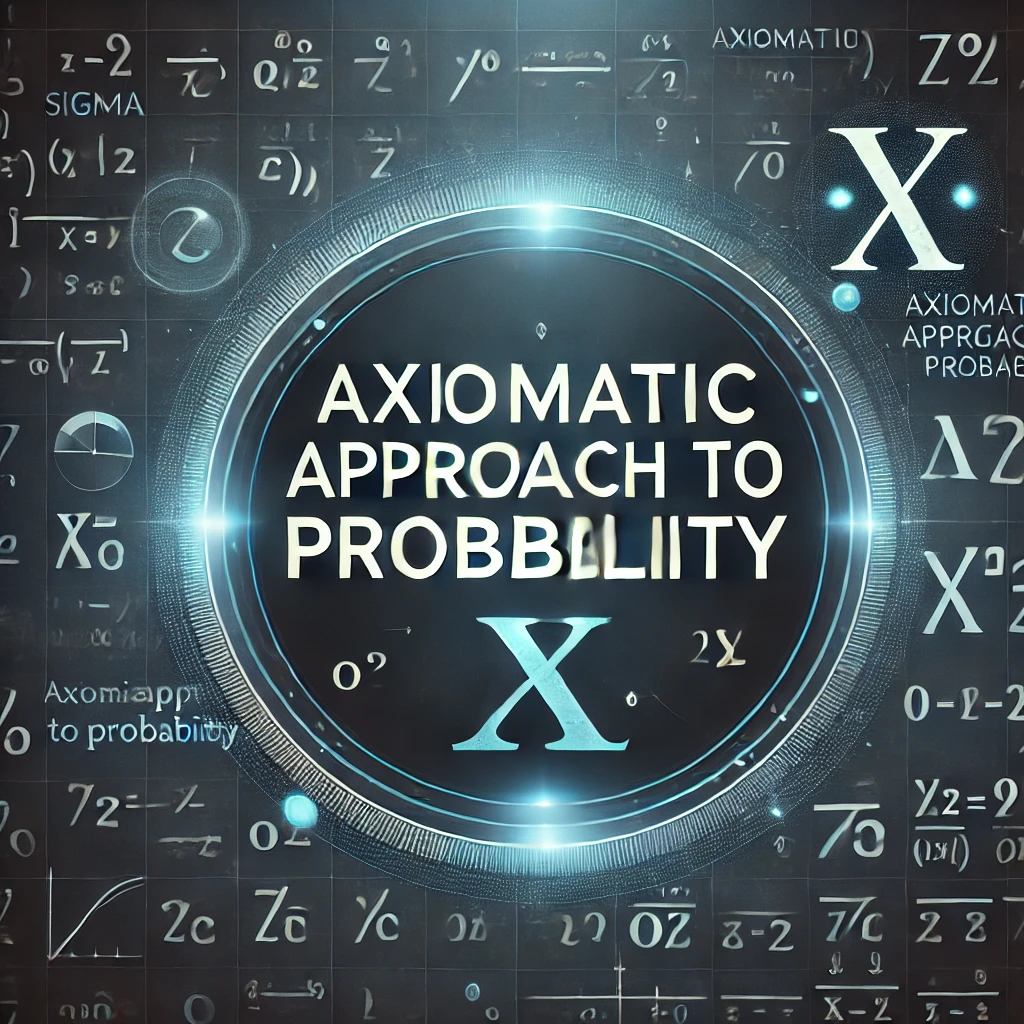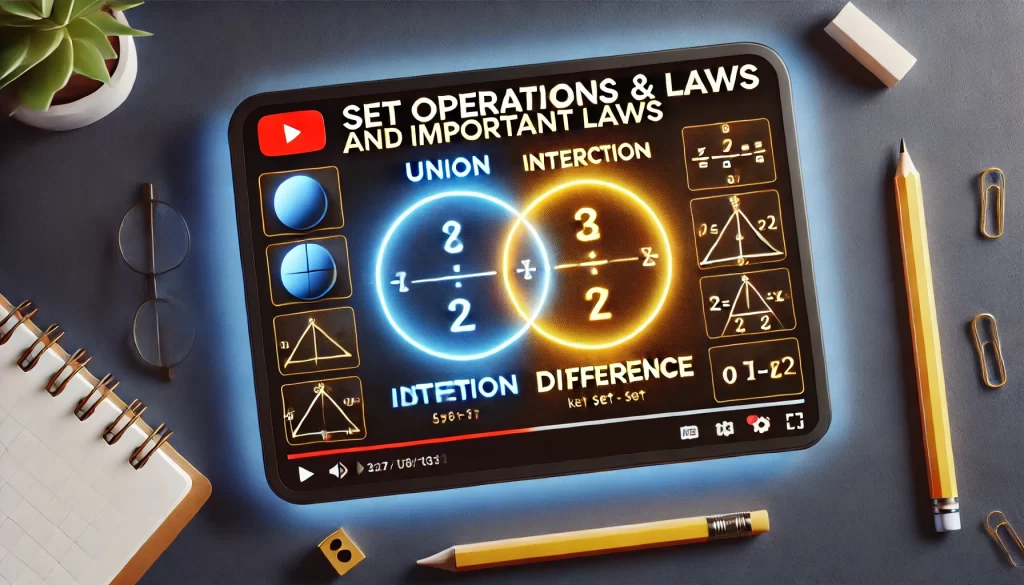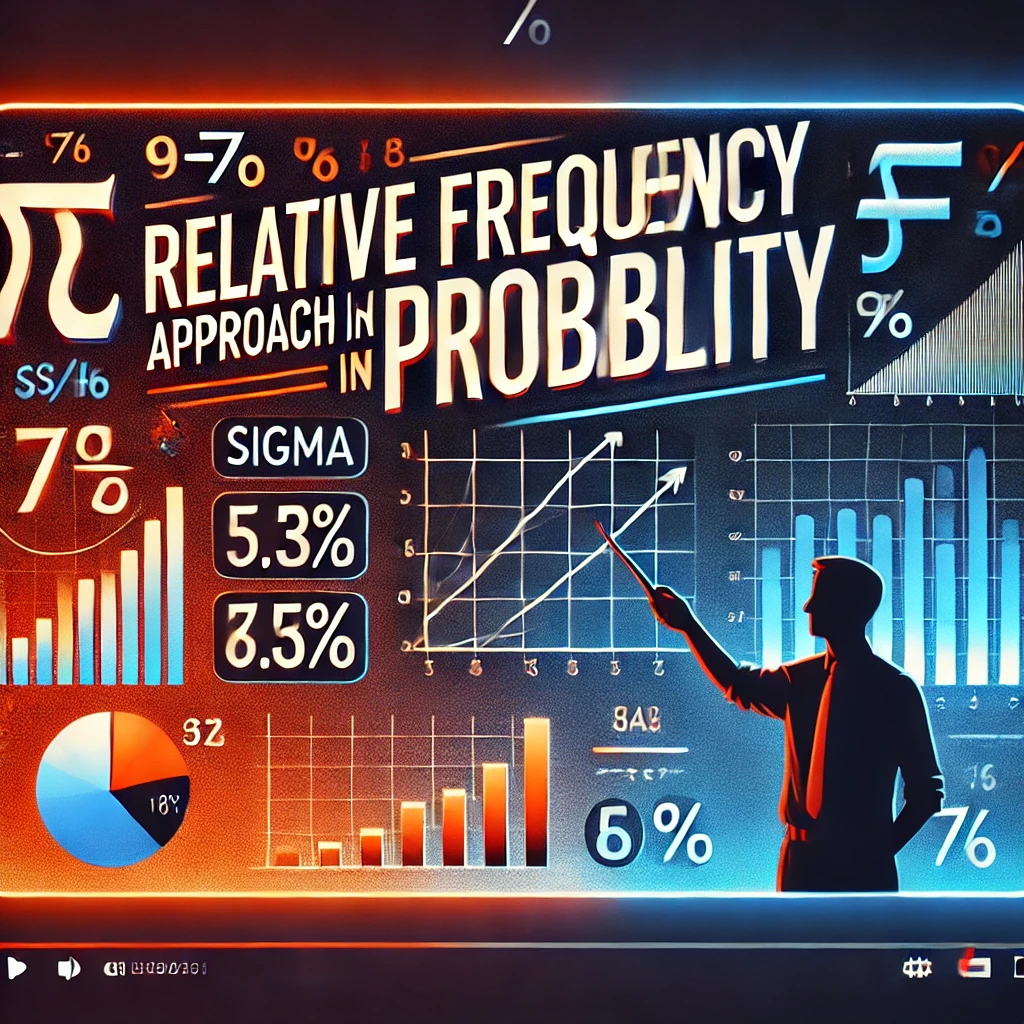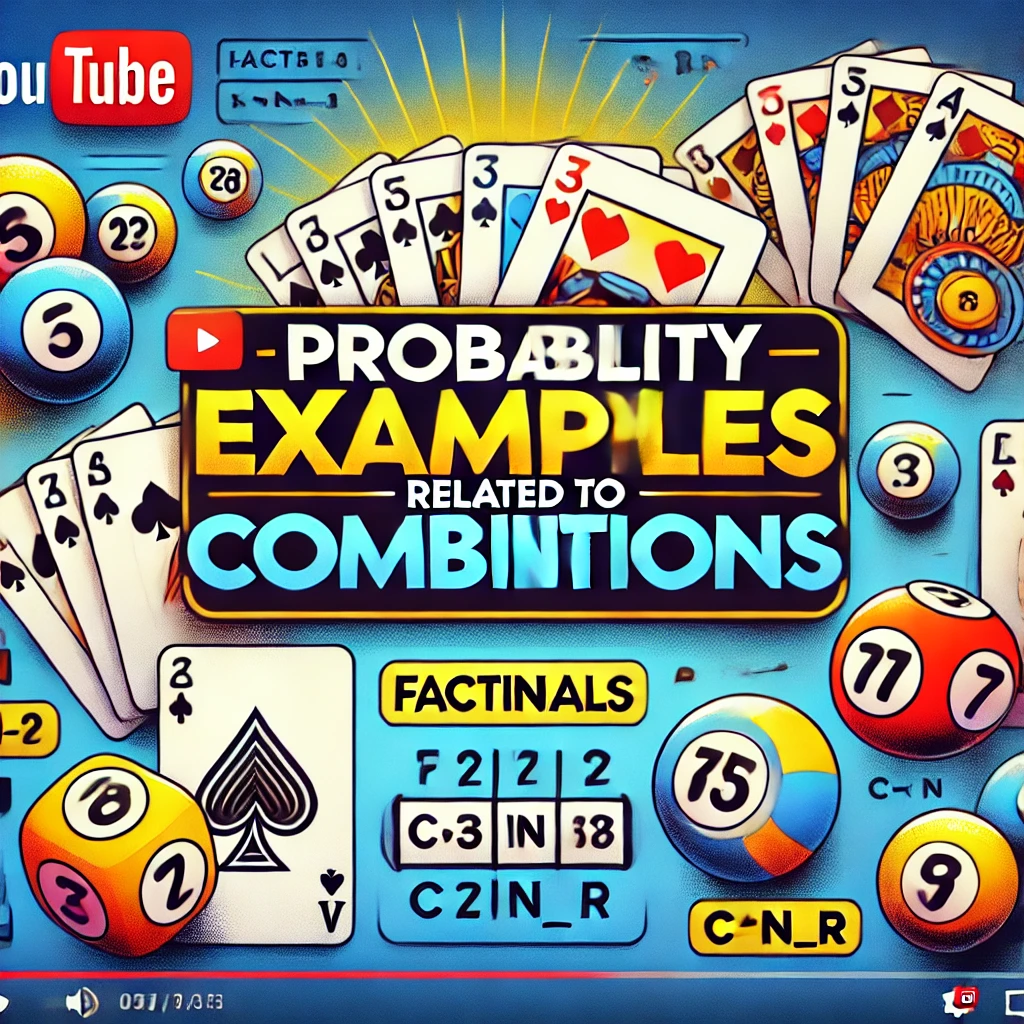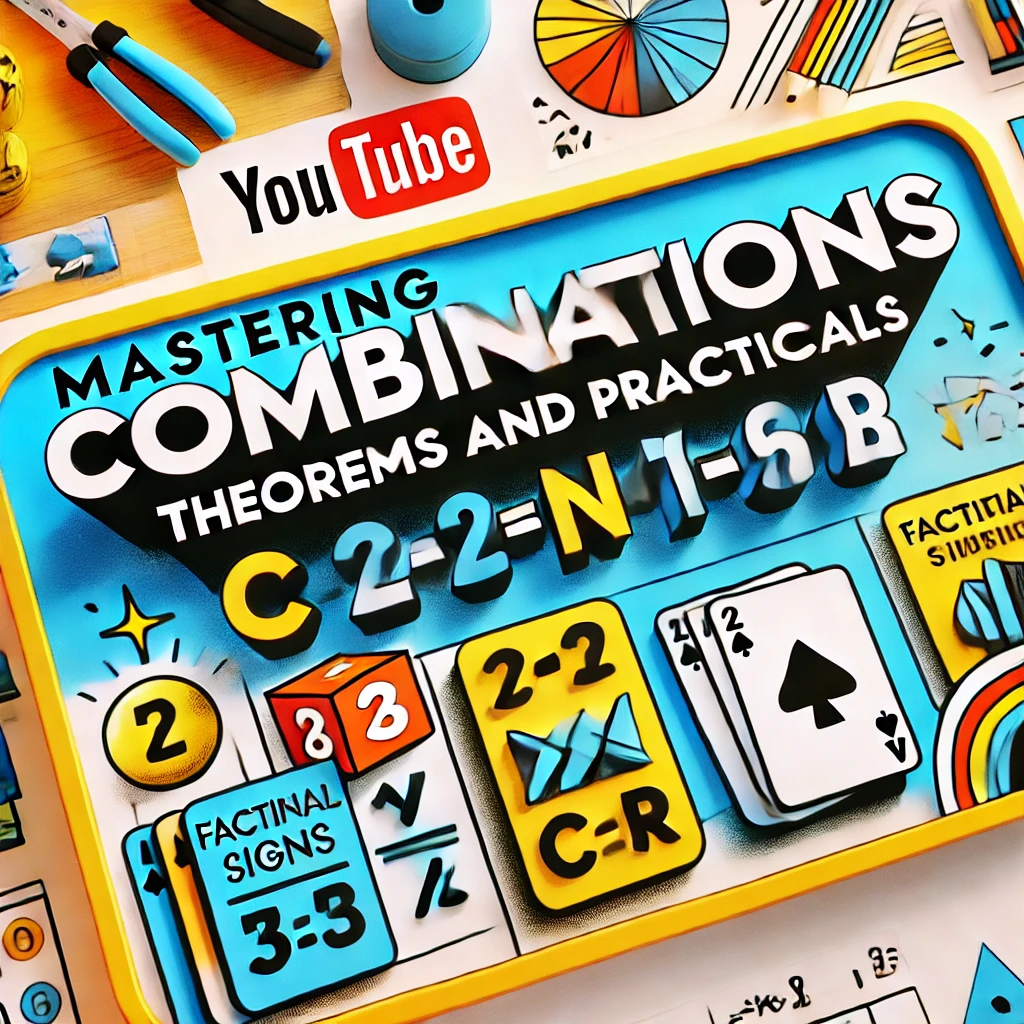Addition and Multiplicative Laws Probability Explained
Problems Using Both Addition and Multiplicative Laws Data Science and A.I. Lecture Series PostNetwork Academy Probability Laws The addition law of probability states: \[ P(A \cup B) = P(A) + P(B) – P(A \cap B) \] The multiplicative law of probability for independent events states: \[ P(A \cap B) = P(A) \cdot P(B) \] […]
Addition and Multiplicative Laws Probability Explained Read More »


